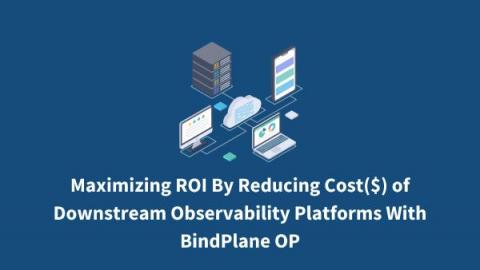Operations | Monitoring | ITSM | DevOps | Cloud
Latest News
Are Your Data Pipelines Up to Commercial Standards?
In the data business, we often refer to the series of steps or processes used to collect, transform, and analyze data as “pipelines.” As a data scientist, I find this analogy fitting, as my concerns around data closely mirror those most people have with water: Where is it coming from? What’s in it? How can we optimize its quality, quantity, and pressure for its intended use? And, crucially, is it leaking anywhere?
Revolutionizing SAP observability: The Elastic-Kyndryl partnership
Across industries and geographies, businesses rely heavily on Systems Applications and Products (SAP) systems. These powerful and versatile systems streamline operations and manage critical data spanning areas like finance, human resources, and supply chain. However, the real-time monitoring of these systems, with an in-depth understanding of performance metrics and quick anomaly detection, is paramount for smooth operations and business continuity. It's here that our unique offering steps in.
Monitor your firewall logs with Datadog
Firewall systems are critical for protecting your network and devices from unauthorized traffic. There are several types of firewalls that you can deploy for your environment via hardware, software, or the cloud—and they all typically fall under one of two categories: network-based or host-based. Network-based firewalls monitor and filter traffic to and from your network, whereas host-based firewalls manage traffic to and from a specific host, such as a laptop.
What is Applied Observability?
Understanding Metrics, Events, Logs and Traces - Key Pillars of Observability
Understanding Metrics, Logs, Events and Traces - the key pillars of observability and their pros and cons for SRE and DevOps teams.
Everything You Need to Know About Google Cloud Logs
As the affordable choice for cloud computing, Google Cloud Platform (GCP) is catching up to its competitors, like AWS and Microsoft Azure. As a business, you need the speed and scalability that the cloud provides, but you want to limit your costs to ensure you hit revenue targets. With GCP, you found a digital services business partner to help you meet your business objectives, a technology that gives you the service availability you want at the speed you need.











